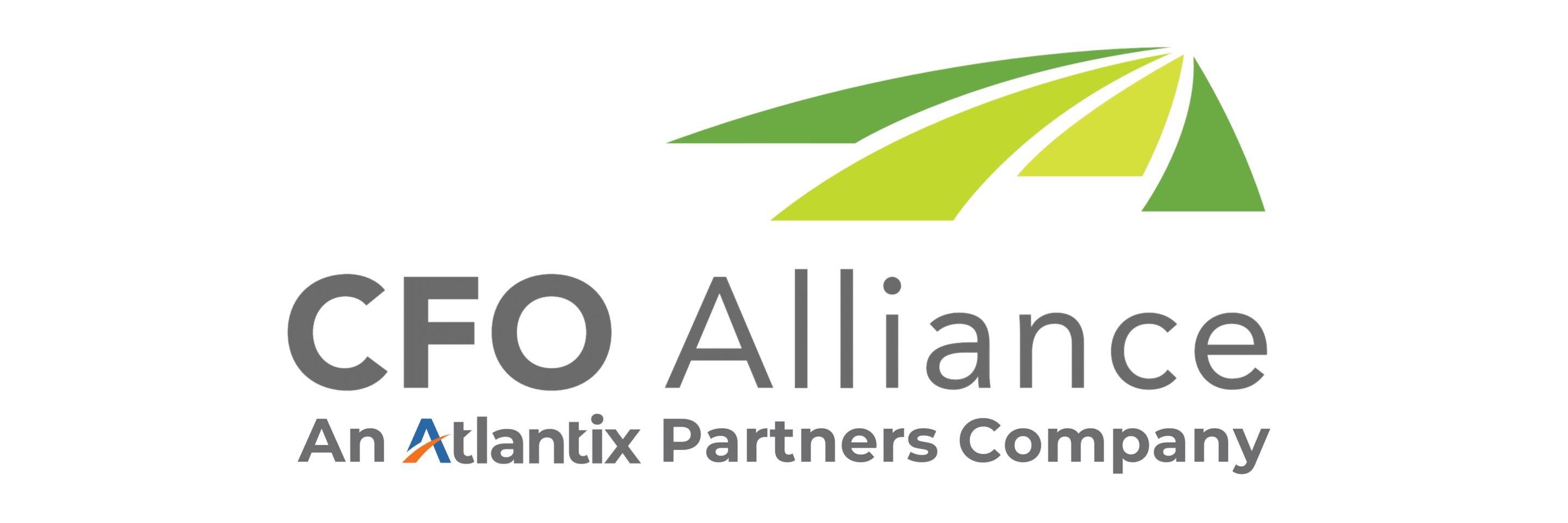The Best Accounting Apps & Integrations For Your Organization

We are living in an open-source era, with a vast majority of businesses using the collaborative, iterative, and transparent development method to connect and open everything – and everyone.
It powers processes and systems required to capitalize on successive waves of digital technology, such as big data, cloud-based tools, SaaS, mobile applications, and even artificial intelligence. Additionally, it eases the integration of new technologies with legacy systems and packaged products so users can adapt strategies, business models, and new ways of working.
But it wasn’t always this way.
Recall with us, if you will, a time when an unsuspecting earworm slogan, ‘There’s an app for that,’ slithered into our lexicon – and changed everything. Now, that statement has been relegated to the archives of technology lore, insultingly obvious even, as we have more apps and SaaS solutions than could ever be necessary.
As such, it’s understandable to find yourself overwhelmed by the cacophony of competing apps and SaaS service providers, all promising the sun and moon, and maybe even some productivity and profitability enhancing features, too.
Our Favorite Apps & Integration Tools for Your Accounting Needs
So here, we’ve rounded up some of our favorite apps and integration tools for your accounting organization so you can breeze past the din, clutter and disruption of bottomless apps and get down to what matters most: business.
Bills & Expenses
Implementing tools in the accounts payable process is one of the easiest places to start gaining efficiency and security. However, it’s also an often overlooked area as typically management won’t focus on an area that’s accomplishing its objectives – the ‘if it’s not broken, don’t fix it’ mentality – which unfortunately gives way to unnecessary spending and an increased risk of fraudulent activity.
Here are some tools that can be easily implemented and provide some quick wins:
Bill.com: This accounts payable application acts as a hub for your bills where users can receive, route and pay invoices electronically. With plenty of integrations for popular accounting software, Bill.com can send transactions directly to accounting software, reducing the risk of errors while maintaining consistent financial data and streamlined financial planning, reporting and audit activities.
HubDoc: HubDoc keeps bills, receipts and statements centralized in one place, allowing you to manage your financial documents, not input them. Documents then become data to virtually audit-proof your business. Then, sync documents and their data with your SaaS provider automatically.
Expensify: Tired of keeping track of receipts or managing employee reimbursements? Expensify is your tool. The simple interface is easy to navigate, mobile-friendly, and allows users to capture receipts from anywhere at any time. And direct integration into various accounting systems, including QuickBooks, provides automatic receipt matching, credit card transaction imports, and next-day rapid reimbursement for employees.
Inventory
Inventory tracking is core to any business selling goods, and as the old adage goes, ‘If you can’t measure it, you can’t manage it.’ Most accounting software have inventory management baked into their program, and typically those features know the basics, like single location inventory tracking, inventory cost, and item-level details.
However, leveraging your data for more insight and to sell on third-party sales channels, like Amazon, Etsy and multi-location brick-and-mortar stores, requires more than the basics.
ChannelAdvisor: This platform is great for companies who sell or want to sell into more than one channel. Instead of multiple inventory listings, such as in-store, website, and Amazon, Channel Advisor provides one place to keep your inventory up-to-date in all of your locations with reporting and insights that can help drive purchasing behavior. Their integration team has already built integrations into popular accounting software and ERP systems, which makes for smooth data transfers.
Vend: Like ChannelAdvisor, Vend positions itself as a multi-channel inventory management provider. They have fewer pre-built integrations than ChannelAdvisor, though Vend has a point-of-sale feature for brick-and-mortar stores. This product information management system also provides inventory management, e-commerce integration, customer loyalty software and a real-time reporting dashboard. Its simple-to-use interface, intuitive design and affordability make Vend an attractive option, especially for brick-and-mortar stores exploring multi-channel sales in the digital space.
Unleashed: Another inventory solution that offers much more than inventory tracking, Unleashed helps its users better understand their inventory health and how to leverage data to make informed business choices, and SaaS integration can include anything from customers to credits and returns.
Customer Credit Card Payments
Stripe: Stripe allows its users to accept diverse payment types, from foreign currencies to Apple Pay to Bitcoin. Once integrated, users can customize the transfer time – up to two days – and funds from your Stripe account are added on a seven-day rolling basis.
Square: Square allows its users to accept payments from mobile devices and once integrated, it can track all of the feeds, refunds, and money owed in real time and quickly reconcile your daily sales.
Payroll
There’s no reason anyone should have to set a reminder to file 941’s or manually trigger payments in the IRS’s EFTPS payment system anymore, but a lot of people still do. This unfortunate delay in technology adoption has not only cost people efficiencies, but also IRS penalties if their bookkeeper gets sick or simply forgets.
There are a lot of payroll providers with fairly similar offerings so in this case, it prove more critical to understand the two different approaches.
Automated Payroll: The providers in this space give you a portal to manage payroll related activities, such as timelogs, payroll reports, employee documentation, and – of course – issuing paychecks. Direct deposit is typically available for the next business day as well as mailed checks. A big value-add from these services is the filing of your state and federal payroll reports and payments. Popular providers include ADP, Paychex, and Gusto.
PEO (Professional Employer Organization): These organizations have taken outsourcing payroll to the next level by outsourcing the majority of your HR department. While it’s proves beneficial to have someone internally responsible for the HR function, using a PEO can limit the time and experience necessary. The PEO will do everything the automated payroll services do, as well as tailor all of their HR documentation – such as handbooks, new hire docs, annual reviews, exit docs, and more – for your business. They own the benefits process which usually provides the employees access to better benefit options, as well as providing an easy-to-use portal or mobile app for both the employee and the employer to manage things like paychecks, benefits, time-off accruals, tax documents, and more.
Now, as you can imagine, this only scratches the surface of all of the apps that not only streamline how we do business but also those that pair seamlessly with the SaaS solution of your choosing.
The Best Apps & Integrations For Your Accounting Organization
So while there is literally ‘ .. an app for that’ – or more accurately endless apps for everything – some research and recommendation from professionals will help you decide which apps best solve for your particular need. The CFO Alliance team will recommend a combination of apps for your business and seamlessly integrate the selected services for a powerful suite of apps uniquely serving your business.
Are you ready to start gaining efficiencies and implement the right tools to put you back in the driver’s seat?
Contact us today to get the support you need to be the business leader and visionary that you were meant to be.

